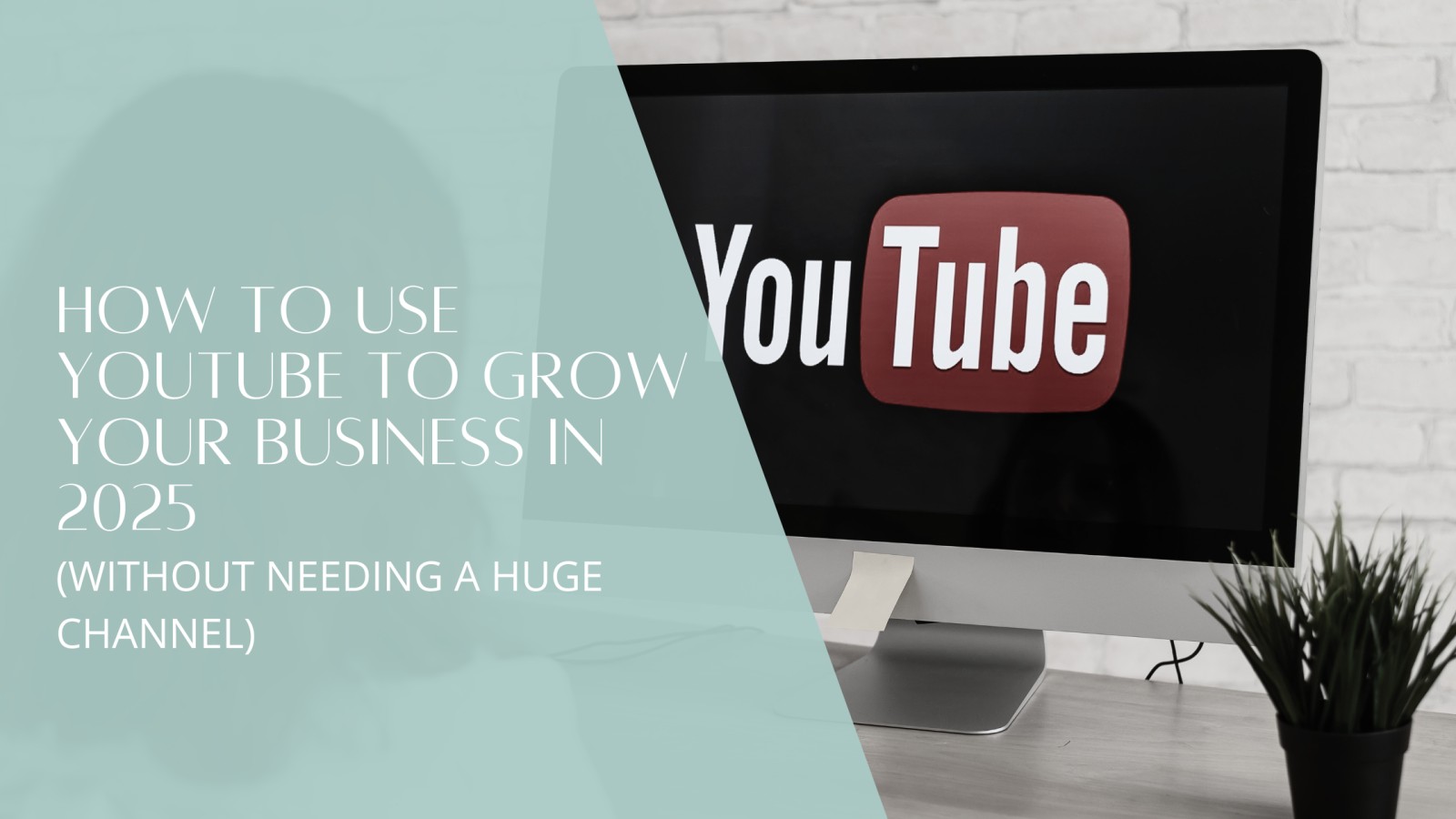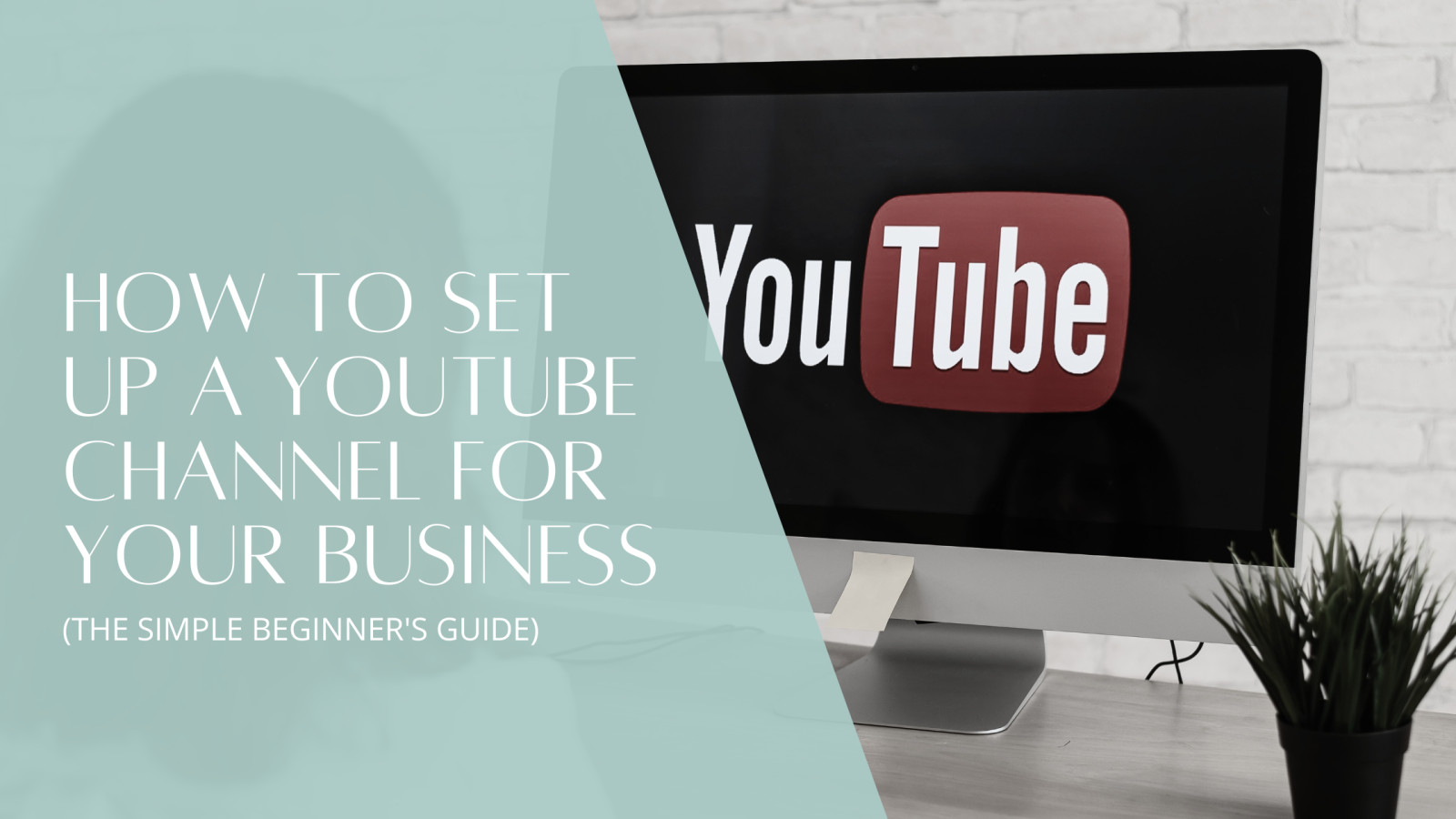
Unlock the secrets to creating viral reels with ease, using just the tools you have at your fingertips. Forget about expensive cameras and elaborate setups; all you need is your smartphone, good lighting, and a captivating message. This guide reveals how to master the art of engaging your audience through simple yet powerful strategies, like using strong hooks, keeping videos concise, and harnessing natural light to elevate your content. Discover how to amplify your reach with trending sounds, compelling captions, and genuine personal touches that resonate with viewers. By posting consistently and experimenting with your unique voice, you can transform your reels into share-worthy gems that grow your audience exponentially. Dive in to learn how today's small efforts could lead to tomorrow's viral success.
Read more...
Discover the power of short, engaging reels to transform your online presence and attract new opportunities for your business. Many entrepreneurs hesitate to dive in, worrying about technical skills or perfect performances, but the truth is, you can create impactful reels with just your phone and a clear message. This guide breaks down the essentials of what reels are and why they're a game-changer for reaching fresh audiences. Learn simple strategies to craft content that resonates, from choosing topics that solve real problems to using attention-grabbing hooks. Dive into this step-by-step approach to start building momentum and growing your reach today—your business could see exciting results with consistent effort.
Read more...
Wondering where clients come from as a new coach or service provider? Learn simple, beginner-friendly ways to find and attract your first paying clients.
Embarking on a new business journey can feel both exhilarating and daunting, especially when faced with the burning question of where to find those elusive first clients. Fortunately, the path to acquiring clients is more straightforward than you might expect and doesn’t necessitate a hefty budget or advanced tech skills. This insightful blog post unveils the essential steps to discovering clients by tapping into your existing network, leveraging the power of social media, and cultivating genuine connections through content and collaborations. Dive into practical, easy-to-follow advice on the art of networking and how consistency can transform your business landscape. Whether you're a budding coach or service provider, these strategies will open doors to opportunities that can turn your passion into a thriving venture.
Read more...
Unlock the potential of your business with the power of podcasting. This beginner’s guide breaks down the essentials for new entrepreneurs eager to dive into the podcasting world without getting overwhelmed by tech or complexity. Discover the fundamental questions you need to answer before hitting the record button, like defining your podcast's goal, curating engaging topics, and deciding on your commitment level. You'll learn that a fancy studio isn't necessary; just a quiet space, a good microphone, and basic recording software will suffice. Explore practical tips on editing, promotion, and staying consistent to foster a genuine connection with your audience. Whether you're ready to inspire or teach through your own audio show, this guide offers the encouraging steps to start your podcast journey confidently and simply.
Read more...
Feeling daunted by your modest social media following and worried it might be hindering your business growth? Fear not, as success isn’t determined by numbers, but by genuine connections and effective communication. Even with just a handful of followers, discovering your niche, crafting genuine messages, and engaging with potential clients can turn those few eyes into real opportunities. In this insightful guide, learn how to leverage social media to craft messages that resonate, create authentic relationships, and offer value by presenting your services clearly. Whether you’re a budding entrepreneur or simply looking to refine your online presence, you can unlock new client possibilities with simple steps and real conversations. Dive in to understand the nuances of building a successful social media strategy, showing that even a small audience can lead to significant business growth.
Read more...



























